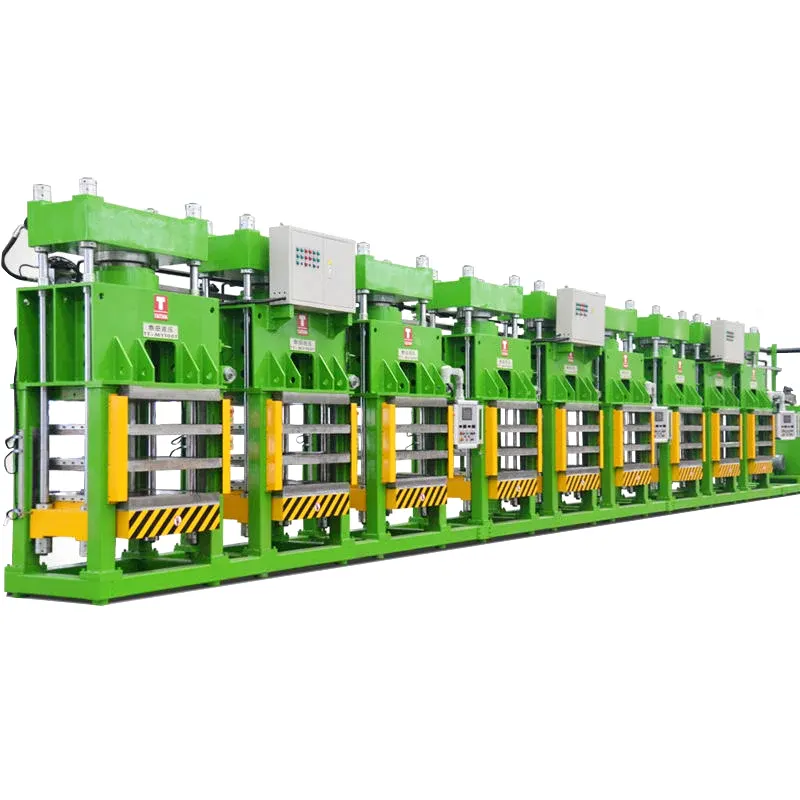- English
- 简体中文
- Español
- Português
- русский
- Français
- 日本語
- Deutsch
- tiếng Việt
- Italiano
- Nederlands
- ภาษาไทย
- Polski
- 한국어
- Svenska
- magyar
- Malay
- বাংলা ভাষার
- Dansk
- Suomi
- हिन्दी
- Pilipino
- Türkçe
- Gaeilge
- العربية
- Indonesia
- Norsk
- تمل
- český
- ελληνικά
- український
- Javanese
- فارسی
- தமிழ்
- తెలుగు
- नेपाली
- Burmese
- български
- ລາວ
- Latine
- Қазақша
- Euskal
- Azərbaycan
- Slovenský jazyk
- Македонски
- Lietuvos
- Eesti Keel
- Română
- Slovenski
- मराठी
- Srpski језик
How to choose a suitable hydraulic press?
1. Hydraulic presses can be divided into four-column hydraulic presses, single-column hydraulic presses, gantry hydraulic presses, horizontal hydraulic presses, etc. in terms of appearance and structure. Among them, four-column hydraulic presses are the most widely used, followed by single-column hydraulic presses, gantry hydraulic presses, and horizontal hydraulic presses. Then when we purchase, we choose the appropriate model based on our own workpiece shape and process requirements, combined with the characteristics of various fuselage structures, which can reduce unnecessary cost expenditures and is more conducive to improving work accuracy and efficiency, so The choice of styling is especially important. After determining the required working pressure tonnage of the cylinder, let's take a look at several technical indicators and parameters that we must pay attention to.
1. The advantage of the four-column hydraulic press is that it has a wide range of processes, such as powder molding, injection molding, metal stretching and curling, etc. The body is evenly stressed, the working force-stressed slider has no obvious deformation or lifting phenomenon, the structure is simple, and it is economical and affordable. Disadvantages: It occupies a large area and requires high production, processing and assembly requirements.
2. Opening size, the maximum opening size refers to the distance between the lower plane of the slider and the plane on the table when the oil cylinder returns to the end. The maximum opening size minus the cylinder stroke is the minimum opening size.
3. Cylinder stroke, the length of the cylinder stroke directly determines the maximum and minimum opening size of the machine.
4. The working speed of the oil cylinder is directly related to the work efficiency and process requirements. The working speed of the oil cylinder can be divided into fast down speed, slow down speed and return speed of the slider.
5. The height of the work surface from the ground. The height of the work surface from the ground is generally 700 to 750 unless there are special circumstances.
6. Some special process requirements also include the lower jack cylinder, the size and stroke of the lower jack cylinder, the size and stroke of the push-pull cylinder, the special process of the oil cylinder operation, pressure maintaining and delayed return stroke, pressure accuracy, position accuracy, etc.



